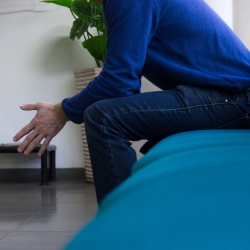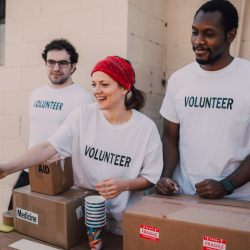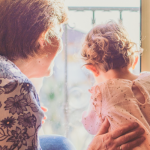Where did the second principle of patient navigation disappear when the pandemic hit?
The idea that no one should spend more time fighting their way through the health care system than fighting their disease may sound obvious and humane.
But it wasn’t discovered until 1990 by Harold Freeman, an oncologist working at the Harlem Hospital in New York. Sadly, using patient navigation to help millions of patients get better sooner is still spotty and on the margins of standard practice.
It shouldn’t be, especially since Dr. Freeman laid out nine principles for how patient navigation can work.
I wrote earlier this month about the first principle, using patient navigation to integrate a fragmented healthcare system. The second principle is that patient navigation is a patient-centred health care service delivery model.
This too sounds laudable and reasonable.
Sadly, when the pandemic arrived, it was abandoned, with predictable and deadly results. Not right away. But now and into the future.
Let’s go back to February when we viewed COVID-19 more with distant curiosity than clear and present danger. By April, things changed. On March 11, Canada had only 21 cases. Two weeks later, we had 701. Our hospitals shut down to prepare for the thousands of COVID-19 patients who would flood through their emergency rooms (ERs).
But they never came. And not only did COVID-19 patients not overwhelm the system, but other patients, the hundreds of thousands of Canadians afflicted with cancer, heart disease and other chronic conditions, didn’t turn up either. The ERs and Intensive Care Units were virtually empty.
What government and healthcare officials didn’t expect was that patients who should have gone to the hospital to diagnose or treat their conditions stayed away. They were afraid of getting COVID themselves, and even more afraid that their loved ones wouldn’t be let in.
The hospitals used a ‘one-size-saves-all’ model that certainly protected front-line workers and their most vulnerable patients. But the unintended effect was that it put the lives of patients who should have and could have been treated for their non-COVID illnesses at much greater risk. Too many of those patients are now growing gravely ill. Too many have died.
Just check the obituary section of the Saturday Globe and Mail which used to be 2 to 3 pages long and is now 6 to 7 pages.
This is not patient-centred healthcare.
If the system had allowed patient navigators to do their jobs during COVID, albeit with obvious restrictions, those obit pages wouldn’t be so full.
In the next few months, Canadians will come to learn the true price of the ‘shut down everything’ strategy.
But already, that price is being calculated today in Great Britain. Last week, a group of 100 MPs wrote Boris Johnson to say that the cancer care backlog may cost 30,000 lives. And just yesterday, the Times of London reported that thousands of new clinical trials have been abandoned in the rush to find a vaccine for the coronavirus.
Back in 2002, US Secretary of Defense famously said: “There are known knowns. There are things we know we know. We also know there are known unknowns. That is to say, we know there are some things we do not know. But there are also unknown unknowns, the ones we don’t know we don’t know.”
I’ll admit that the pandemic has been filled with unknown unknowns. But I’ll submit that we don’t have to shut down our entire healthcare system to cope with it, especially since we knew how that shutdown would devastate people with other illnesses.
Last week, I hosted a webinar Future of Absence and Disability Cost: Clearing the COVID-19 Surgery & Procedure Backlog that I urge you to watch. Esteemed Dr. Chris Simpson, Chair of the COVID-19 Response: Surgical and Procedural Planning Committee was our guest.
His insights are crucial to getting non-COVID patients the care they need quickly and returning to the second principle of patient navigation that our health care system has to be truly patient-centred.
Especially in times of fear and unravelling.






